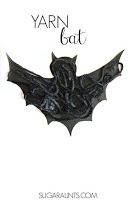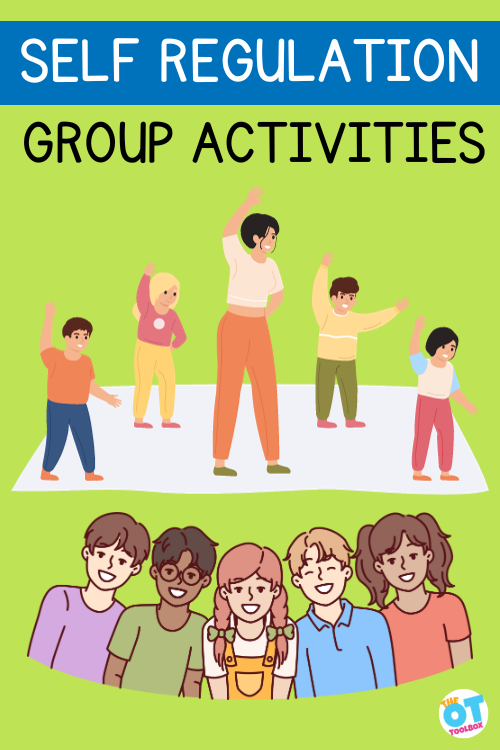Today we have several Stellaluna activities that we created many years ago. This Halloween fine motor task doubles down on the skill-building. With one bat craft based on the children’s book, Stellaluna, we’re covering skills like handwriting, scissor skills, math, reading, bilateral coordination, visual scanning, and much more!
As an Amazon Influencer, I earn from qualifying purchases.
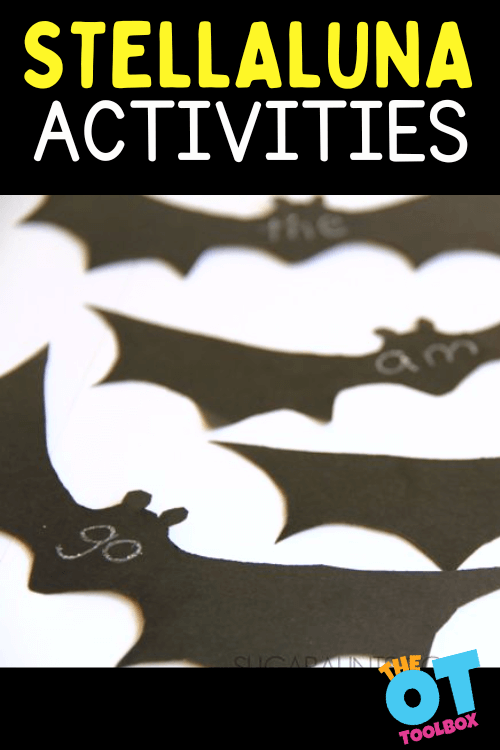
Stellaluna Activities
If you haven’t read the children’s book, Stellaluna, then you are in for a treat. The Stellaluna activity and bat games we have to share today are fun ways to read the book and play with a bat theme, and the bat activities would work for a Halloween party with kids, too!
Scroll on for Stellaluna games that teach and are fun!
Stellaluna by Janell Cannon is a sweet story of a bat who is adopted by a bird family after he is knocked from his mother’s grasp during a flight. We see how different and same the bat and the birds are and also notice the differences. We were able to talk about how we as family members are all the same, yet different, and how other people we meet or know might be different and do things differently, but inside we are all the same.
Going on the theme of differences and similarities among the bat and his new bird family, we decided to examine sight words, Upper case letters, and numbers with bats! For more fun, make a bat craft to go along with your Stellaluna game, too!
While this is a great preschool book extension activity, the best thing about our Stellaluna game is that we modified it to fit the needs of my three older kids.
We practiced upper case letter identification with the 3 year old preschooler, sight word identification with the Kindergartner, and math facts with the Second grader. The 16 month old toddler just liked grabbing the bats from the wall.
Very fun and age appropriate, but we’ll share more about what the older kids did today 😉
Stellaluna Bat Activity
This post contains affiliate links.
If you haven’t read the book Stellaluna (affiliate link), grab it up at your library! This was a new book to us, and one that I’m so glad we read.
For this Stellaluna craft, you’ll need just a few materials:
- Black construction paper
- Bat template
- White crayon
Then, if you want to work on visual processing skills needed for reading and writing such as the skills:
- visual scanning– Needed to scan on the page or overhead on the board to copy words and sentences. When the eyes shift back to the page and then back to the copying source, sometimes the eyes shift and get lost. This is how we have omissions in handwriting tasks.
- visual tracking– This visual skill is essential for following along a line of words in a reading task.
- visual attention– When the eyes shift on the pages without sustained attention, we see missing words or lines of text.
- visual memory– This skill is difficult for many children, and it’s how we recall what we’ve seen to work on memorizing, reading, and writing skills.
then you’ll also need:
- Flashlight(s)
- Tape
- A yardstick or ruler (for visual tracking skills)
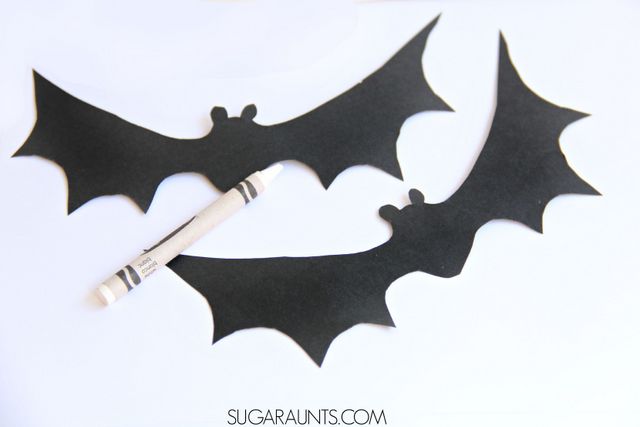
Let’s start with using the bat template to make the bat craft.
- First, print off this free printable bat stencil. Cut out the bat and trace it onto black cardstock (affiliate link) paper.
- We cut out about 15 bats, but you can cut out as many bats as you need. If you’ll be practicing letters, you may want one for each letter of the alphabet.
- Write on the bats with a white crayon. We practiced sight words first and wrote out the words my Kindergartener has been working on.
- Tape the bats to the wall and get ready to play!
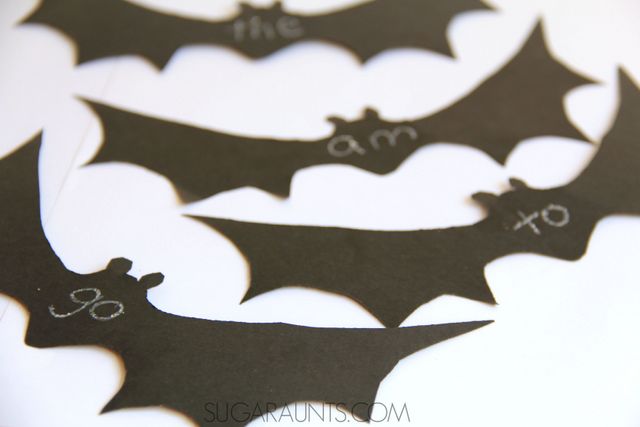
StellaLuna Activity for Sight Words
First, we played a flashlight sight word activity as a warm-up. I read through a few pages of the book and when we got to a sight word, my son used the flashlight to find the matching sight word on the wall. He really got into this activity.
Note that this activity was done many years ago (2015) and we were focusing a lot on sight words in reading.
Now, this might not be the optimal way to target reading skills. Using vocabulary words from Stellaluna may be more ideal for working on reading skills. Feel free to use this activity with the reading curriculum or standards that work for your classroom or school.
Stellaluna Game
Next, to make this Stellaluna activity into more of a game, we created a flashlight race using the same bat cut outs.
We pulled out a second flashlight and when we reached a sight word in the book, the two older kids raced to flash their light on the sight word.
The first to light it up was the winner.
Using the flashlights in a dark-ish room reminded us of Stellaluna (affiliate link) flying at night and how the birds would need a flashlight to see.
Again, feel free to use the words from the book on the bats. Just turn down the lights in the classroom and pull the shades to darken the room. Then, use the flashlights to “race” to find the word that you call out.
StellaLuna Math Activity
We also used these same bat cut outs to work on math skills.
- To play the math facts game with my second grader, I wrote out numbers 10-20 on the bats. (Just flip the bats over and use the other side if you are playing more than one game! No need to cut out more bats, unless you need them.)
2. Tape the numbered bats to the wall in a random arrangement. This game was fun for her to practice her math facts up to 20.
3. I called out a number and then had her roll a die.
4. She then had to add the number to the number that I called out and run over to the wall and hit the right number.
We also did a round of subtraction. You can make this more of a game by adding a second player. Then, extend the math activity by using a couple of flashlights to make this a fun racing game in a dark room.
Here are more Halloween math activities that you can also try.
Bat Letter Identification Activity
Finally, we used the same bat shapes to work on letter identification skills.
For my preschooler, we wrote upper case letters on the bats and taped them to the wall.
She played a version of the flashlight game as we scanned through the book. I pointed to a lower case letter and named it and she had to flash the light on the letter on the wall.
We also practiced letter sounds by saying the sound the letter makes and she had to find the letter on the wall.
Scanning for the correct bat on the wall was a great way to incorporate visual scanning and visual perceptual skills into this learning game activity.
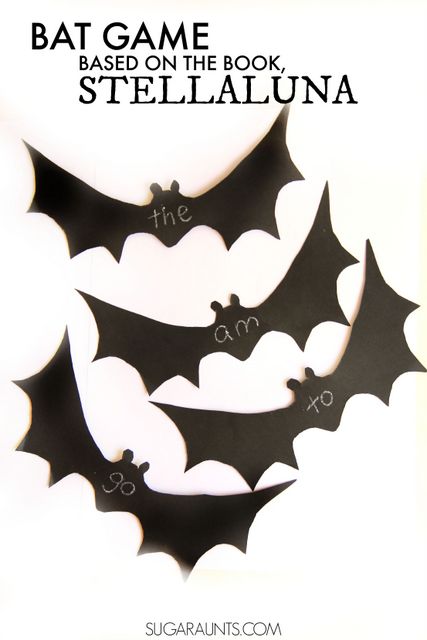
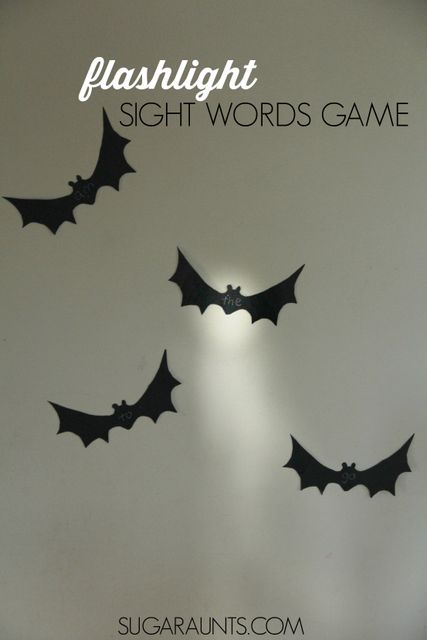
More Stellaluna Activities
- Make a bat craft.
- Get the kids cooking and make a fun Stellaluna Bat Trail Mix.
- Stellaluna Night Sky Sensory Activity is a fun way to read the book and play.
Free Stellaluna Bat Template
Print off the template and trace it onto construction paper. Enter your email address into the form below to access this resource. You’ll also find this item inside our Membership club, along with many other bat themed activities and resources.

Colleen Beck, OTR/L has been an occupational therapist since 2000, working in school-based, hand therapy, outpatient peds, EI, and SNF. Colleen created The OT Toolbox to inspire therapists, teachers, and parents with easy and fun tools to help children thrive. Read her story about going from an OT making $3/hour (after paying for kids’ childcare) to a full-time OT resource creator for millions of readers. Want to collaborate? Send an email to contact@theottoolbox.com.

